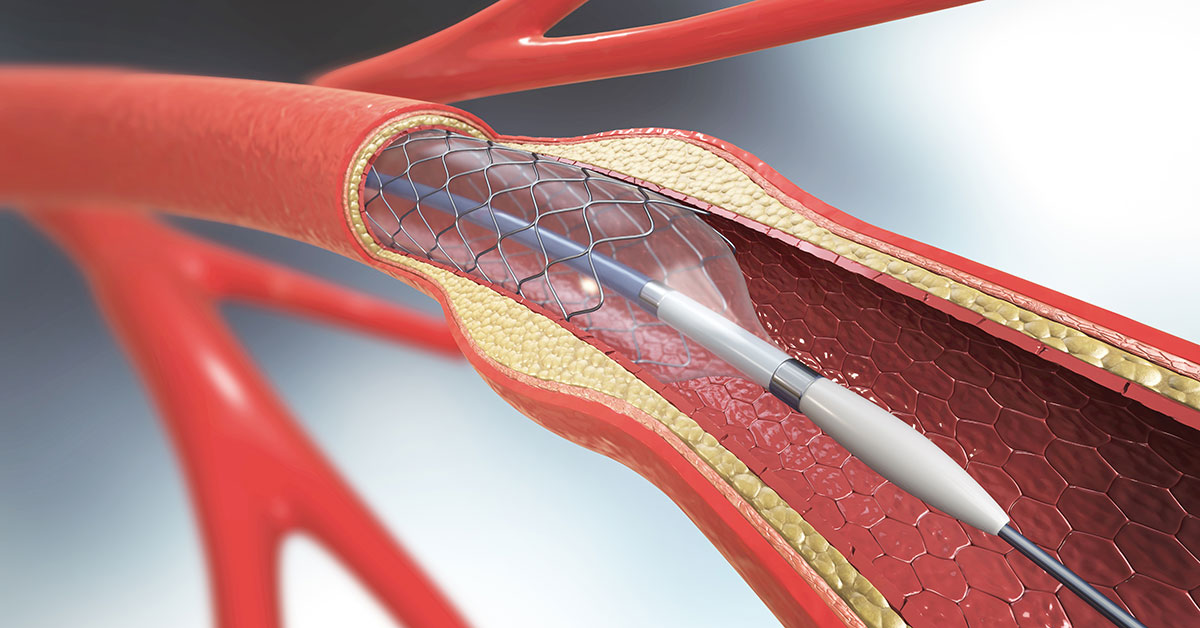Each bodily system should perform well without any hindrances for your body to function effectively. However, when your arteries are blocked, and oxygen-rich blood doesn’t reach essential body parts like the brain, you’re at risk for various life-threatening conditions, including stroke. While most people don’t understand the symptoms associated with stroke, the best way to stay safe is to prevent this debilitating condition.
Evergreen Park carotid stenting has provided essential services in preventing stroke and other related conditions for years. This procedure works by unblocking clogged arteries, allowing blood to flow freely to your brain. Here is what you should know about carotid stenting.
Understanding carotid stenting
Carotid arteries are usually located on the sides of your neck and are the main supplies of blood, oxygen, and nutrients to your brain. However, fatty deposits can clog these arteries, which can slow or bar blood flow to your brain, thus causing a severe condition known as carotid artery disease. However, carotid stenting is performed to open clogged arteries and enhance the ease of blood flow to the brain. This procedure involves inserting a tiny wire mesh tube into the clogged artery to widen it so that blood can flow freely.
Who is at higher risk of developing carotid artery disease?
While anyone can have plaque buildup in their arteries, some individuals are more at risk of developing carotid artery disease than others. If your family runs a history of blood clots or you lead an active lifestyle, you may suffer from this condition. Also, factors like obesity, diabetes, smoking, high blood pressure, and high cholesterol levels can contribute to plaque buildup in your arteries.
How will I know if I am a candidate for carotid stenting?
Generally, most people don’t notice symptoms of carotid artery disease on their own, which puts them at greater risk for stroke. This is because symptoms don’t develop in the early stages. However, suppose you notice a loss of vision, slurred vision, headache, state of confusion, and weakness and numbness in your legs or one side of your body. In that case, you should seek immediate medical evaluation. Usually, these symptoms indicate that blood isn’t flowing well into your brain.
What risks or complications are associated with carotid stenting?
Although the success rate of your carotid stenting procedure depends on your provider’s experience and qualifications, carotid stenting still carries minimal risks. The likely complications of this procedure include infection, allergic reaction, heavy bleeding, re-accumulation of plaque, and low blood pressure. Also, patients may experience a low heart rate and sudden vessel closure. However, your risks vary based on the severity of your condition, overall health, and other lifestyle factors.
What should I expect after the procedure?
It would help to lay relatively still for several hours after your treatment session to prevent excessive bleeding. Your provider will evaluate your condition after treatment before discharge. Since carotid stenting is a minimally invasive procedure, most patients are discharged within 24 hours after the procedure. Moreover, your provider will recommend medications and lifestyle adjustments to minimize side effects. You may need to keep off strenuous activities or heavy lifting for a few days after your procedure.
Although carotid stenting might seem like a delicate procedure, it’s the best option to increase blood flow and reduce the risk of stroke. Furthermore, if an experienced and qualified provider performs the procedure, you will have minimal side effects so that you can return to your routine daily tasks sooner.















Leave a Reply